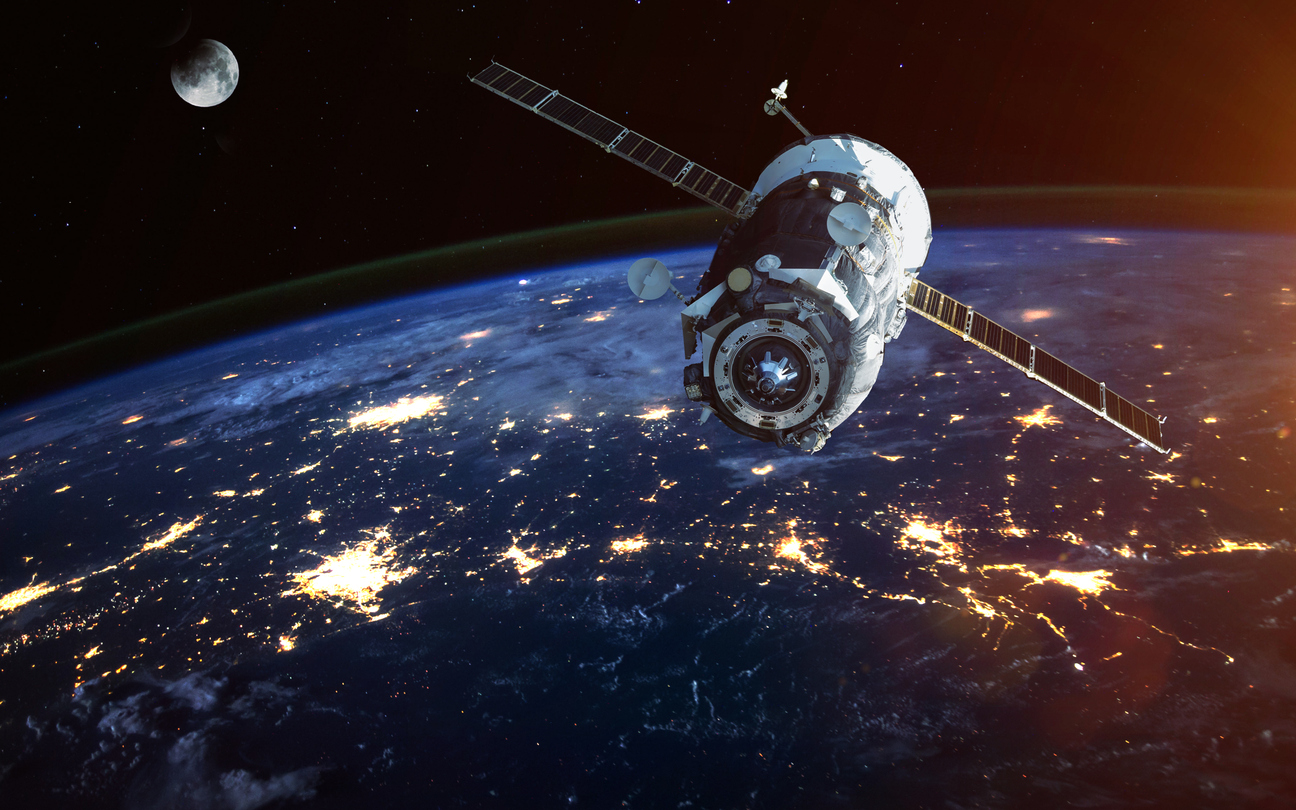In my recent novel, Dragon on the Far Side of the Moon, I weave a thriller where the U.S. and China face off against one another over the colonization and militarization of the Moon. Pure fiction? Yes. But as is often the case, fiction often becomes fact and a recent, little noticed move by the United States is illustrative.
On February 13, Defense News reported that in March, the U.S. Air Force Research Laboratory (AFRL) will solicit proposals for development of the Cislunar Highway Patrol System (CHPS). Plans are to deploy CHPS – a satellite system that will orbit the Moon and surveille other activities in orbit and on the surface of the Moon. While there are other AFRL plans to send satellites to the Moon, CHPS is more ominous. Col. Eric Felt, director of AFRL’s Space Vehicles Directorate observed that U.S. fears over adversarial activities surrounding exploitation of the Moon (and beyond) are approaching reality.
While CHPS’ main mission is touted to ensure safe operations of satellites orbiting the Moon to avoid clutter and collisions, AFRL also reports that its purpose is to “ensure peaceful development,” to be certain U.S. missions are “safe and secure,” to keep “an eye on adversaries” and is “critical to national defense capabilities to the Moon and beyond.”
That sounds like a lot more than a traffic cop.
As I’ve opined in earlier blogs, China is ahead of the U.S. in today’s space race. The U.S. has made some great strides like the recent Mars landing of Perseverance and has committed itself to greater spending on space programs. However, China also has a rover on Mars and is the only country to ever land on the far side of the Moon (the side we never see from Earth). And last year, China successfully launched a lunar lander to the Moon and returned it safely with samples. The entire mission was done robotically, another first. China has launched and is manning its own space station in Earth orbit. It all paints an unsettling scenario when coupled with the upcoming decommissioning of the International Space Station and Russia’s new partnership with China, rather than the U.S., on future space exploration — much like the one I explore in Dragon on the Far Side of the Moon.
Another work of fiction began “Space: the final frontier. These are the voyages of the Starship Enterprise. Its continuing mission: to explore strange new worlds. To seek out new life and new civilizations. To boldly go where no one has gone before!”
The Moon is the next step in that voyage. The only question is who – the U.S. or China – will be Captain of the Enterprise.
